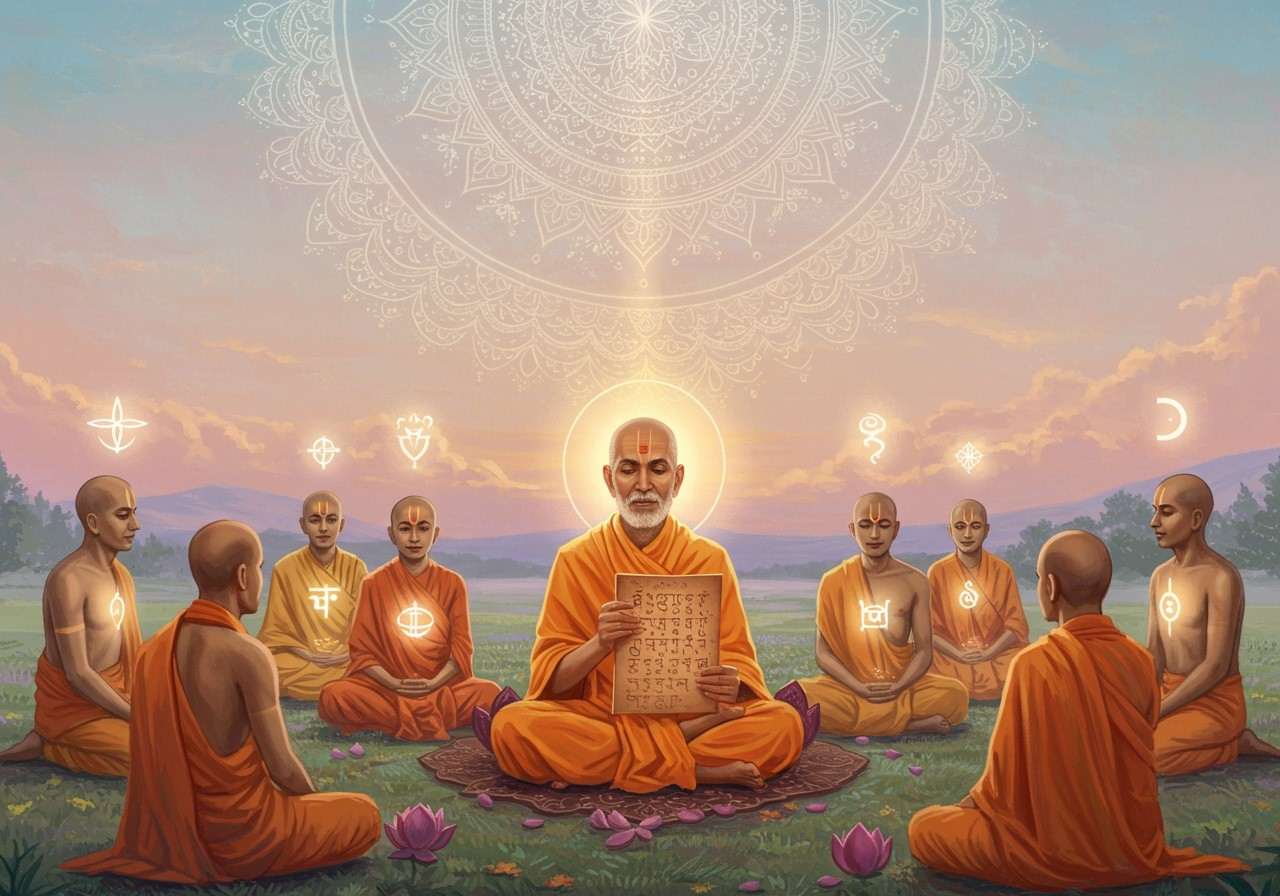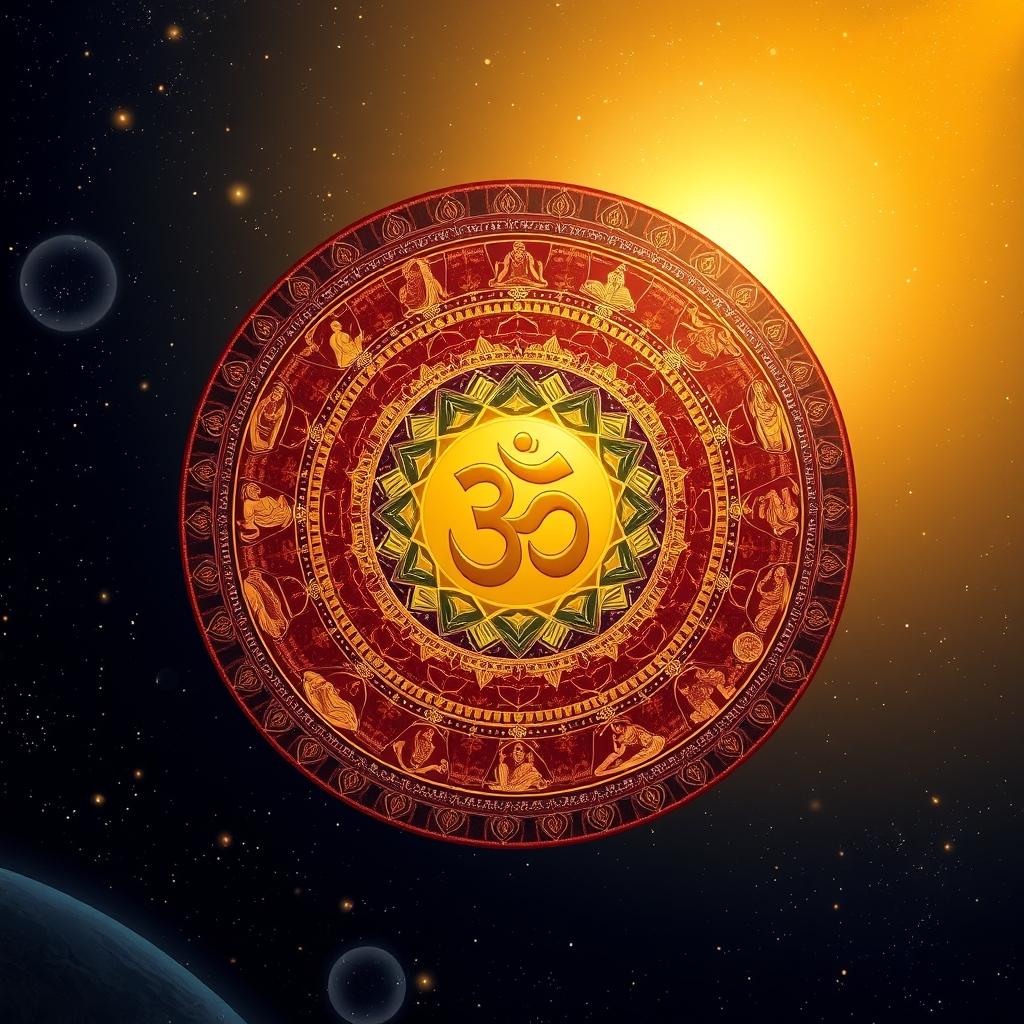
In the vast and colourful tapestry of India’s spiritual traditions, there are some threads that are woven not just with faith, but with the powerful desire for social change. One such thread is Navayana Buddhism, a modern path shown to us by the great Dr. B.R. Ambedkar. It’s more than just a religion; it’s a movement, a new dawn for millions who sought a life of respect and equality. Let’s take a moment to understand its journey, its heart, and the deep impact it has had on our society.

The Birth of a New Dawn: The Story Behind Navayana
To truly understand Navayana, we must first understand the man behind it. Dr. B.R. Ambedkar, a brilliant scholar and the main architect of our Indian Constitution, was born into a Dalit family. He experienced the pain and injustice of the caste system firsthand. After studying many world religions for over two decades, he sought a path that offered not just spiritual solace, but also social liberation. He found that path in the teachings of the Buddha.
On October 14, 1956, a historic day in Nagpur, Dr. Ambedkar, along with more than half a million of his followers, embraced Buddhism. This was not just a simple conversion; it was a powerful statement of rejection against the oppressive caste system and a step towards a new society built on reason and compassion. This event, known as the “Dhamma Chakra Pravartan,” marked the beginning of what we call Navayana, or the “new vehicle” of Buddhism.
The Heart of Navayana: Principles for a Just Society
So, what makes this interpretation of Buddhism so different and powerful? Unlike some traditional schools of thought that focus primarily on individual enlightenment and cycles of rebirth, Dr. Ambedkar’s vision was firmly rooted in improving our lives here and now. He reinterpreted Buddhist principles to make them a practical tool for social upliftment.
- Equality and Social Justice: At its very core, Navayana is a powerful rejection of the caste system. It champions a society where every single person is treated with dignity and has the same opportunities. It’s about building a community based on ‘samman’ (respect) for all.
- Rationality over Rituals: Dr. Ambedkar encouraged a scientific and rational approach to life. Navayana distances itself from complex rituals and ceremonies that don’t align with logical thinking, focusing instead on practical, ethical living.
- Liberty, Equality, and Fraternity: These three principles, which also form the bedrock of our constitution, are central to Navayana. It is a path that aims to free the mind, treat everyone as an equal, and foster a strong sense of brotherhood and sisterhood among its followers.
- Focus on Self-Reliance: The movement strongly encourages personal responsibility, education, and self-improvement. The idea is to empower individuals to take charge of their own destinies and break free from cycles of oppression through their own efforts.
A Lasting Impact: How Navayana Shaped Modern India
The rise of Navayana Buddhism has had a profound effect on our nation. It gave a powerful voice and a strong sense of identity to millions of Dalits, helping them stand up against centuries of injustice. This movement became a cornerstone of the Dalit social and political awakening, inspiring countless leaders and activists to fight for a more equitable society.
Its influence also extends to empowering women by strongly advocating for gender equality. By challenging traditional beliefs, Navayana has opened up new ways of thinking about social structures, making it a vital force in the ongoing conversation about social reform and justice in India.

Creating Your Space for Contemplation and Peace
While Navayana Buddhism places a strong emphasis on social action and rational thought, many followers find that creating a peaceful environment at home helps in study and reflection. A quiet corner dedicated to mindfulness can be a source of great strength and clarity. It’s a space to reflect on the teachings of equality and compassion that are so central to this path.
If you wish to create such a serene atmosphere in your home, poojn.in offers beautiful and thoughtfully crafted items. A simple yet elegant Lord Buddha idol can serve as a gentle reminder of the path of mindfulness and inner peace. These items aren’t just decorative; they can help anchor your daily practice of contemplation and self-improvement.
The Path Forward: Navayana’s Place Today
Of course, like any transformative movement, Navayana Buddhism faces its own set of discussions and challenges. Some scholars debate its differences from traditional Buddhist schools. However, its followers see it as a progressive and necessary evolution—a form of Buddhism that directly addresses the real-world problems of discrimination and inequality. It continues to inspire the younger generation to work towards the just and compassionate society that Dr. Ambedkar dreamed of.
Conclusion
Navayana Buddhism is more than a faith; it is a powerful testament to the human spirit’s quest for dignity. It’s a story of courage, a movement that reimagined ancient wisdom to solve modern problems. It reminds us all that the true essence of any spiritual path lies in its ability to bring love, equality, and justice into the lives of people. In the grand narrative of India, Navayana remains a vital chapter, one that continues to unfold with hope and resilience.


